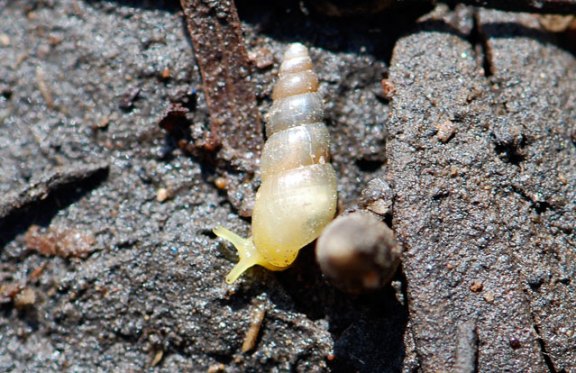Did you flip a rock yesterday? 
Yesterday was International Rock Flipping Day, a wonderful time to get your children outside to explore the natural world.
We chose to flip the same river rocks as we used in past years. It is actually fascinating to see how things change from year to year. Here in Arizona we had quite a bit of rain recently, and it was actually damp under the rocks. There was a definite increase in the numbers of critters we saw over the results for 2009.
As to be expected, the sowbugs and pillbugs (isopods) were abundant.
Sowbugs and pillbugs tend to hide from the light, so are often found under rocks.
We found these cute, shiny beetles in two different spots. They may be the same ones we saw last year.
We also saw this little guy.
This year we saw a weevil. Some kinds of weevils hide under rocks during the summer, going into a resting phase known as aestivation.
We could tell it was a weevil because of the long snout, almost like an elephant’s trunk.
We saw some cixiid planthopper nymphs (remember the adult from Bug of the Week last week?). This one was really moving, so it is blurry. I included it because it has the waxy filaments forming a tail on the back of the abdomen.
I pulled one out for a somewhat better photograph.
We were happy to see some of the tiny snails we had seen before.
Just love those little eye stalks!
That is what I was able to catch on camera. We also saw the same ant species as we saw last year. I’ll talk about that at Wild About Ants.
Did you participate? We’d love to hear what you found.
Be sure to visit Wanderin’ Weeta for links to more participants.


















